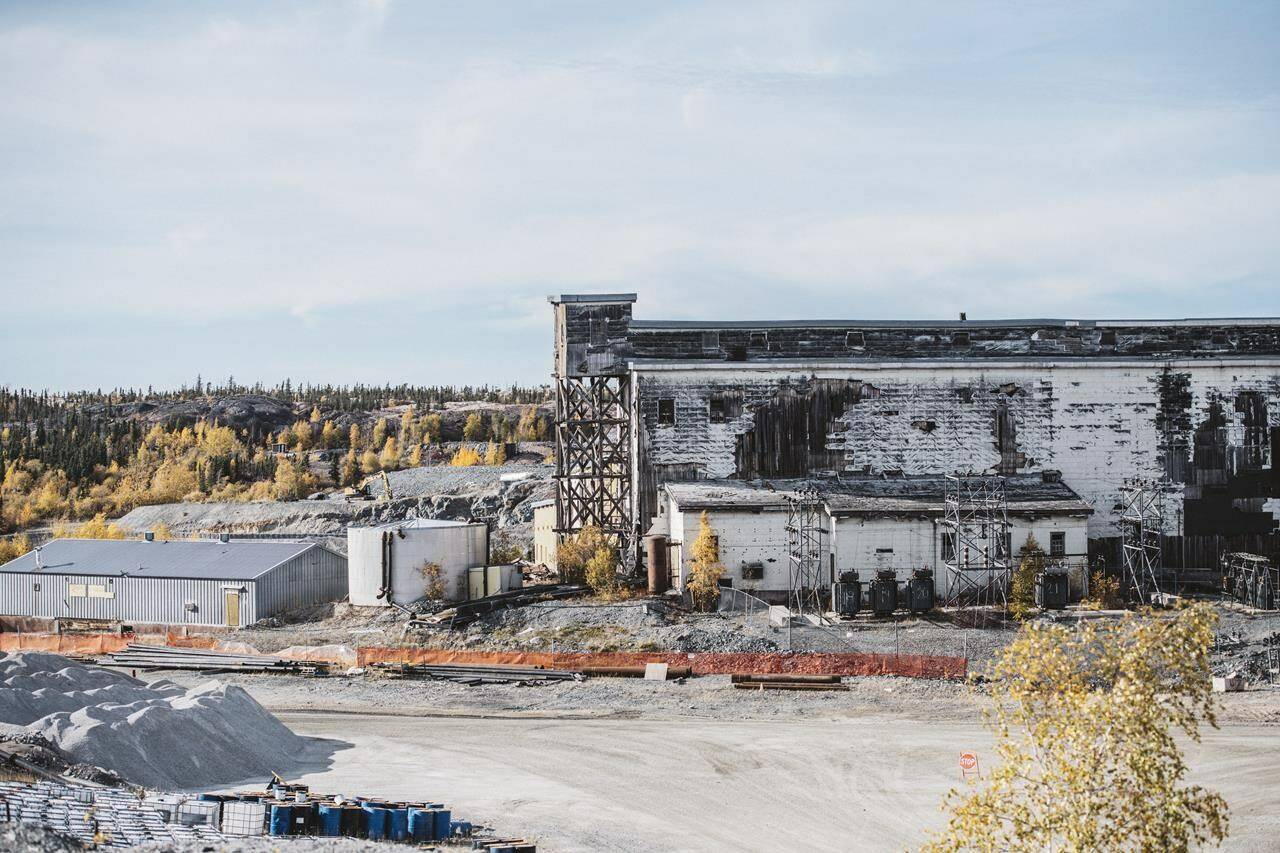Three of Canada’s five most expensive federal contaminated sites are abandoned mines in the North. Former resource extraction projects are also among the most costly sites where the territories are responsible.
Environment and Climate Change Canada says the most expensive federal contaminated site is Giant Mine in Yellowknife. That’s followed by Faro Mine in Yukon, the Port Hope Area Initiative in Ontario, Esquimalt Harbour in British Columbia and Yukon’s United Keno Hill Mine.
Here’s a look at the most expensive contaminated sites in the territories:
Yukon
During Yukon’s devolution in 2003, responsibility for several contaminated sites were transferred to the territory, while others remained under federal jurisdiction.
There are 147 federal contaminated sites in Yukon. Remediation of Faro Mine is currently estimated to cost $1 billion and $125 million for United Keno Hill Mine. More than $770 million has already been spent on both sites so far.
Yukon’s 2021-2022 public accounts include an estimated $94.6 million to remediate environmental contamination at 100 sites.
The most expensive is the former Wolverine Mine, expected to cost $39 million, followed by the old Wellgreen Mine’s mill and tailings site, estimated to cost $15.5 million.
Northwest Territories
Under the Northwest Territories’ 2014 devolution agreement, some sites were transferred to the territory while others remained a federal responsibility. Several are still under negotiation.
The N.W.T. has a total of 1,665 federal contaminated sites. Giant Mine is expected to cost $4.38 billion between 2005 and 2038, including $710 million the federal government said has already been spent.
The territory’s 2021-2022 public accounts include more than $99 million in environmental liabilities for 248 sites, including those where the N.W.T. has not accepted full responsibility.
The territorial government said the two most expensive are the site of a former power plant and tank farm, and the former Icicle Inn in Sachs Harbour. It would not provide site-specific cost estimates.
The public accounts attribute the greatest costs to abandoned mines, with nine sites estimated at more than $31 million. It was also revealed during a review of the accounts in December that environmental liabilities increased by $20 million between 2020-2021 and 2021-2022, largely due to accrual of the Cameron Hills oil and gas field.
Six abandoned mines are among sites where it has yet to be determined whether the N.W.T. or federal government is responsible.
Nunavut
Nunavut took ownership of sites and activities associated with tank farms and power plants when it became a territory in 1999. It has yet to undergo devolution.
There are 807 federal contaminated sites in the territory. The two most expensive, which have both been cleaned up, are a former Distance Early Warning-line radar site in Cape Dyer, which cost $107 million, and radar site BAF 5 Resolution Island, which cost $74 million. The Department of National Defence said in 2014 it spent $575 to clean up a total of 21 DEW-line sites across the Arctic.
The latest Nunavut public accounts state it could cost up to $182,700 to remediate sites on commissioner’s land where liabilities for contamination may exist.
The two most expensive are the old Clyde River town site, estimated to cost nearly $4 million, and Clyde River’s old solid waste dump, expected to cost more than $2.4 million.
READ ALSO: Canada’s top 5 federal contaminated sites to cost taxpayers billions to clean up
This story was produced with the financial assistance of the Meta and Canadian Press News Fellowship.
Emily Blake, The Canadian Press

